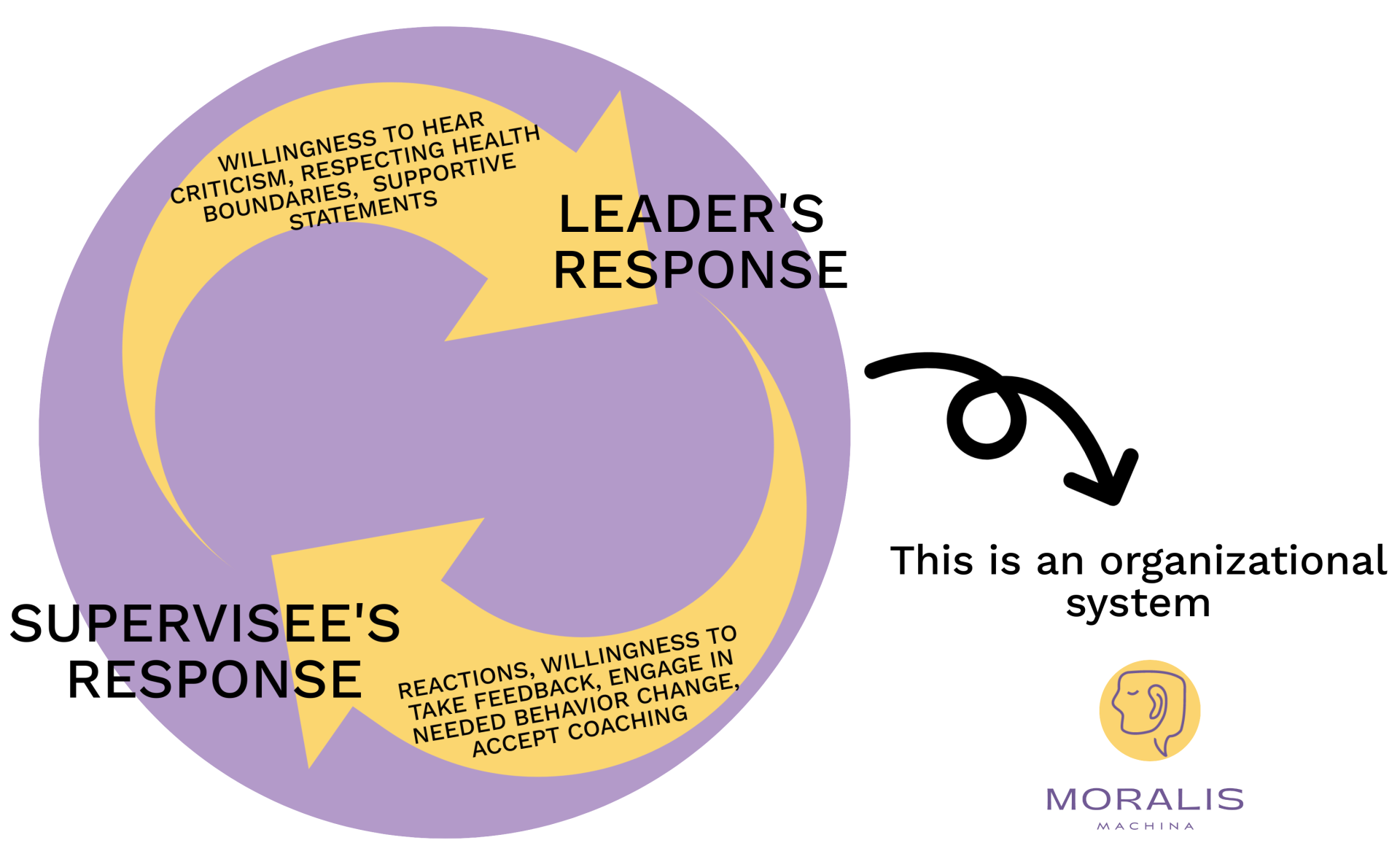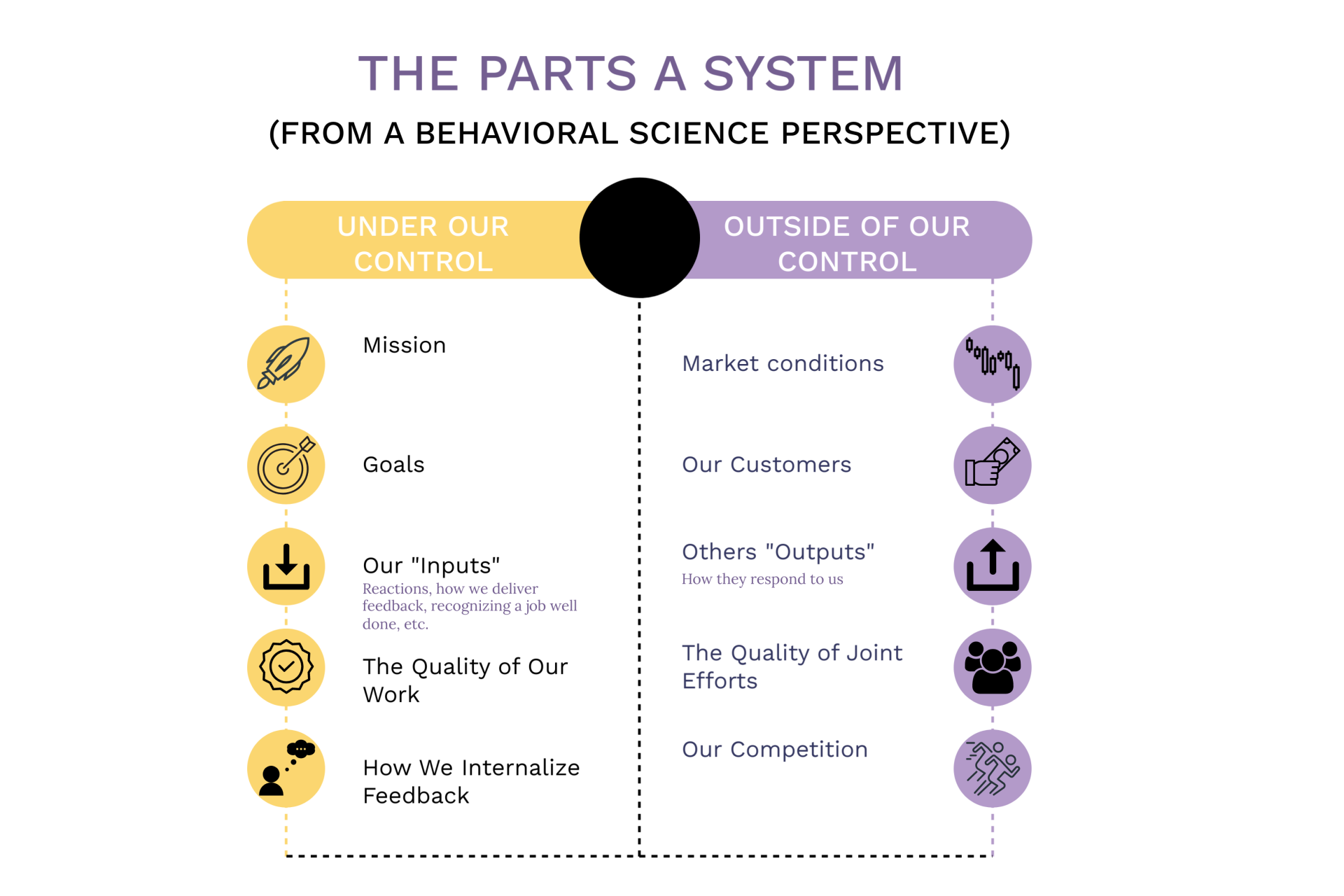
WHAT'S A BEHAVIOR TRAP?
A “behavior trap” is when we get locked into a recurring pattern, based on what’s happening in our natural environment. It’s called a "trap" because we get stuck in a specific mode and don't see or feel like we can get out of it.
This could be good, or this could be bad (as behavioral scientists we usually think about behavior traps for behaviors that are getting in peoples’ way from living their best lives).
Breaking bad behavior traps, and nurturing/creating positive ones can be a North Star in creating more effective relationships with our teams. If your interactions with your team reinforce their behaviors, and those behaviors reinforce you as a leader, you’ve got a great feedback loop going. But if you’re locked in a pattern of criticism and constructive feedback and don’t feel like anything’s changing - you’re right. It’s not. So put something different out there, and see if you get something even a little bit different in return.
I NEED EXAMPLES.
Let's start with some examples of the bad kind of behavior traps - they can help us grasp this concept a little faster.
-
Every time you take your kid to the grocery store, they throw a fit to get a treat. You're embarrassed from all the people staring, and you cave.
-
You give corrective feedback to an employee. They shut down and their performance gets even worse, putting you in the situation where you have to deliver the constructive feedback AGAIN.
-
When you try to get off heroin, the only thing that makes the withdrawal symptoms better is more heroin.
GOT IT. WHAT ABOUT POSITIVE ONES?
Specifically, in leadership and supervisee relationships.

We can think about the interactions between leadership and the people under then on the org chart as its own mini-system. When we do this, we can apply "systems thinking" (sometimes referred to as Behavioral Systems Analysis).
Using a systems-based approach we are better able to parse apart the moving pieces of what can be complex, long-term patterns of interaction - aka the behavior trap!

When we apply systems-based thinking to the work environment, it starts to become clear that the best way for us to get out of the behavior trap is to "shake up" the system - usually by adding new inputs.
Inputs, in this sense, are the behaviors that we engagement in that other's are responding and reacting to.
It's how we have hard conversations.
How we deliver and receive constructive feedback.
And, even how we use peoples' names.
Breaking bad behavior traps, and nurturing/creating positive ones can be a North Star in creating more effective relationships with our teams.
If your interactions with your team reinforce their behaviors, and those behaviors reinforce you as a leader, you’ve got a great feedback loop going. But if you’re locked in a pattern of criticism and constructive feedback and don’t feel like anything’s changing - you’re right.
It’s not.
So put something different out there, and see if you get something even a little bit different in return.
